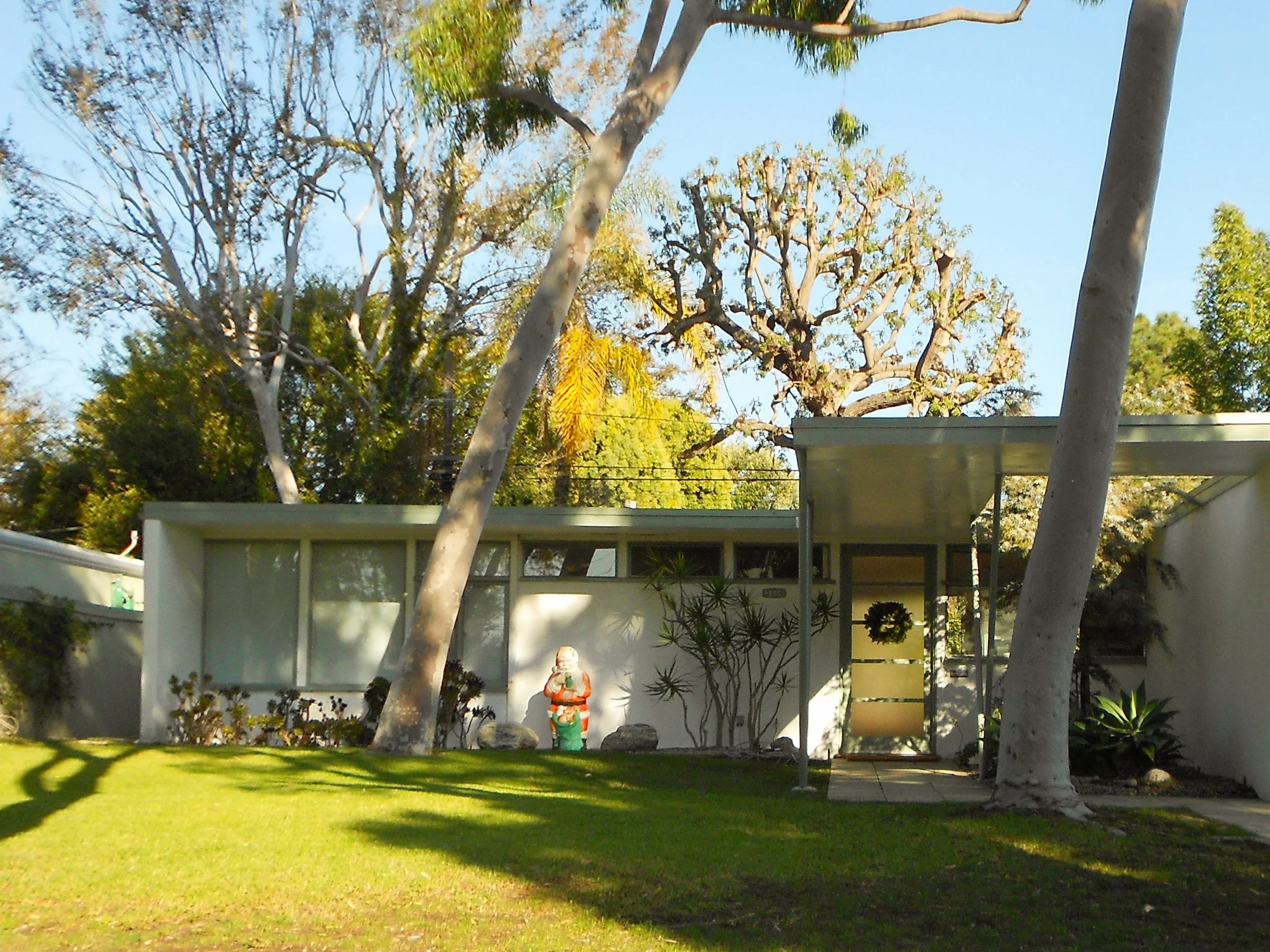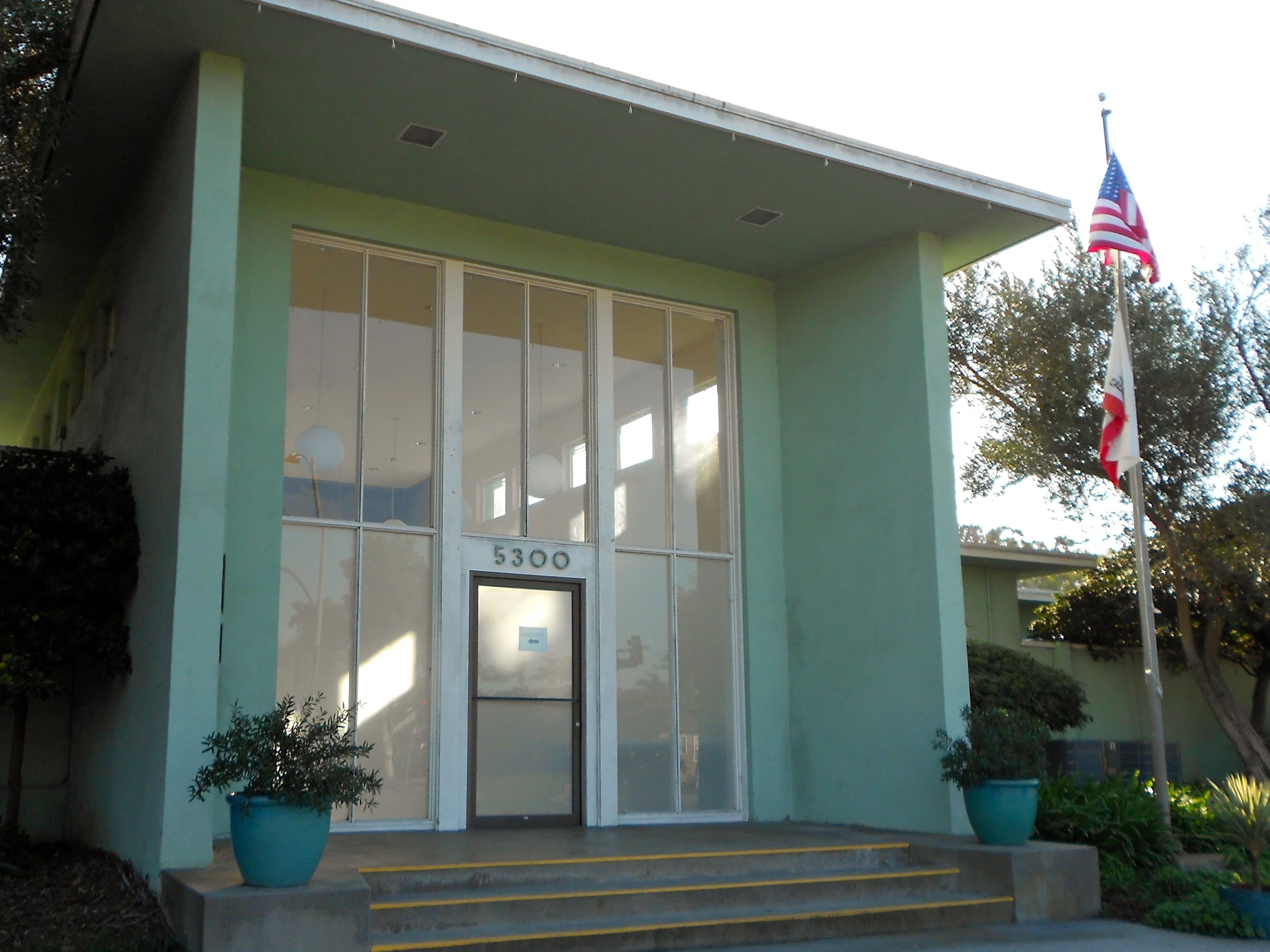Home Sweet Home: Preservation and Appreciation for Unique and Historic Residential Architecture in Los Angeles
by Sophia Scorziello
We like to talk about the importance of a home. There’s no place like it, we say. It’s where the heart is, we also say. These structures, both literal and figurative entities, are important places that exist in communities. Not only do the walls of homes provide shelter and cover the basic needs of human beings, but they also decorate streets, neighborhoods and cities, and stand as representations of the people they house. From an aesthetic and social viewpoint, residential architecture is crucial to telling the history of a place and its people. And in a city like Los Angeles, it can be the only marker of some place or time that has since passed.
In tandem with westward expansion across America, the architecture of Los Angeles is fairly new compared to that on the East Coast. The oldest standing home in New York City was first built in 1652, and the oldest in Boston was built in 1661. In Los Angeles, however, the oldest home still standing was built over a century later, in 1818. This means most of the homes built after that are also still standing, some less than 100 years old. These homes are living pieces of history, pieces of history we drive by, walk by and live in every day.
So what happens if they disappear? Organizations like Friends of Residential Architecture Los Angeles and the LA Conservancy are fighting to show the dangers of eradicating important pieces of Los Angeles architecture. In 2020, the LA Conservancy released a study titled “Preservation Positive Los Angeles.” The study reviewed LA’s Historic Preservation Overlay Zones, known as HPOZs, to show how preservation can promote stability, diversity, affordability, sustainability, and other important factors that affect Angelinos. HPOZs are sanctioned areas of the city that require new projects to mirror the historical aesthetic of their surroundings. Adopted HPOZs in LA include the Hollywood Grove, Van Nuys and Lincoln Heights, along with many other neighborhoods.
The study reports that the older homes of LA are “shining examples of naturally occurring or unsubsidized affordable housing.” The monthly rent of studio apartments in LA constructed prior to 1920 up until 1959, on average, cost $1,000 less than those built after 2000. As older apartment buildings are replaced with new, fresher models, affordable rent dissipates. In terms of home ownership, the square footage of HPOZ single-home properties, on average, is valued to be worth around $30 more than a square foot of property in the rest of Los Angeles.
HPOZs are also a marker of diversity. Twenty one of the 35 preservation zones are more racially diverse than Los Angeles is a whole. The study says that these spaces are not just home to people of various races, but also a variety of incomes.
And moreover, HPOZs are said to be home to more job growth than non-HPOZs. The Conservancy reported that from 2005 to 2015, HPOZs saw a 26 percent increase in jobs, compared to the rest of LA’s 15 percent increase.
But even homes outside of HPOZs have distinct characteristics that make them excellent examples of ornate and unique architecture that should be valued just as much as a home in a historic zone. The argument for architectural appreciation has been explored by many, including Alain De Botton in his book “The Architecture of Happiness.”
The Esperanza building of Liemert Park is featured on FORT LA’s latest home trail: The Layers of Liemert Park. Max Maltzman designed the apartment building, and it opened its doors to new residence in 1929. Liemert Park as a whole was marketed as a center of Los Angeles, with original promotion for it reading: “Wide boulevards radiate in every direction from Leimert Park, reaching every section of the city. This truly is one of the most accessible residential sections of Los Angeles.”
“Taking architecture seriously therefore makes some singular and strenuous demands upon us. It requires that we open ourselves to the idea that we are affected by our surroundings even when they are made of vinyl and would be expensive and time-consuming to ameliorate…More awkwardly still, architecture asks us to imagine that happiness might often have an unostentatious, unheroic character to it, that it might be found in a run of old floorboards or in a wash of morning light over a plaster wall – in undramatic, frangible scenes of beauty that move us because we are aware of the darker backdrop against which they are set.”
–Alain De Botton, The Architecture of Happiness
This home is located within the West Adams Terrace HPOZ. “Examples [in West Adams Terrace] that survive may not only be of significance to each individual ethnic group, but may demonstrate a sequential residential pattern significant to all those who shared the neighborhoods and communities in the study area and vicinity. African-American architects Paul R. Williams and James H. Garrott’s contributions to the area are significant,” said Los Angeles City Planning in their review of the neighborhood.
This Colonial Revival home is situated in La Fayette Square, an establish HPOZ within Los Angeles. According to Los Angeles City Planning, the Colonial Revival is a marked style of architecture in this HPOZ that should be utilized as a guide for new construction or remodeling done within La Fayette Square.
This home, located a couple of blocks down from the entrance to La Fayette Square, combines Spanish Colonial Revival architecture with Minimal Traditional. It’s Spanish-style roofs are similar to lots of others within this HPOZ, but it’s distinct orange wash makes it stand out from the rest.
Just like any piece of art, the beauty of a home is in the eye of the beholder, but the fact that a home is an occupiable piece of art makes it much different than other art forms. Homes are often the foundation upon which people build their lives, and not seeing beauty in your home or in the homes that surround you can be a little bit like hating what you see when you look in the mirror. Walking up to your front door, the lobby of your building or even the event hall of your apartment complex and liking what you see can make all the difference in your personal and communal morale. To view the place you live as a unique piece of art can foster pride, no matter the price of your rent or the name of the street, and this, in turn, can lead people to feel good about their neighborhoods and make efforts to maintain them, all the while giving them a little piece of art to call their own.
Two homes of La Fayette Square demonstrate the range of home styles that the neighborhood features. The home on the left is an Asian-inspired Craftsman style home, while the home on the right is an example of a Moorish Revival home, as well as Spanish-style roofing.
The “Spadena House” of Beverly Hills, Los Angeles. This storybook-style home was designed by architect Harry Oliver and was completed in 1921. Today, real estate agent Michael J. Libow resides here.
My curiosity surrounding residential architecture began with the house I’ve been living in for two years now. It’s a remodeled Westchester home decked out with biophilic rock structures and more stained glass windows than there are people living here (which is six). Originally a tract home from the 1950s, Allen Nugier renovated much of the property using the extensive engineering skills he acquired at Cal Poly University. After housing him and his family for decades, the home is rented out to Loyola Marymount students and has even housed an LMU professor and his family in recent years.
When I leave my house in the morning and see neighbors walking by, I imagine how they might admiring the orange and red shimmer of our windows, and when friends come to our house for the first time, I show it off like a museum. Despite its antiquity in many ways, the charm and history of my home, and its uniqueness, makes me take pride in where I live, even if just for a short while.
With the help of trail guides from FORT LA and reviews made by Los Angeles City Planning, I toured 7 different areas of the city, photographing homes that represented a time period, a lifestyle or any inkling of architecture for architecture’s sake. The map below shows my journey.
My residential architecture journey through Los Angeles, inspired by trail maps made by FORT LA.















